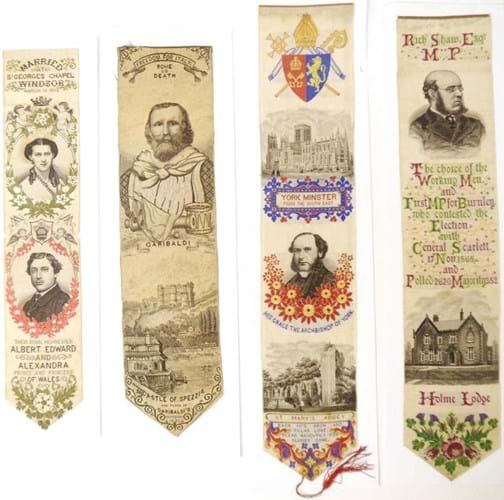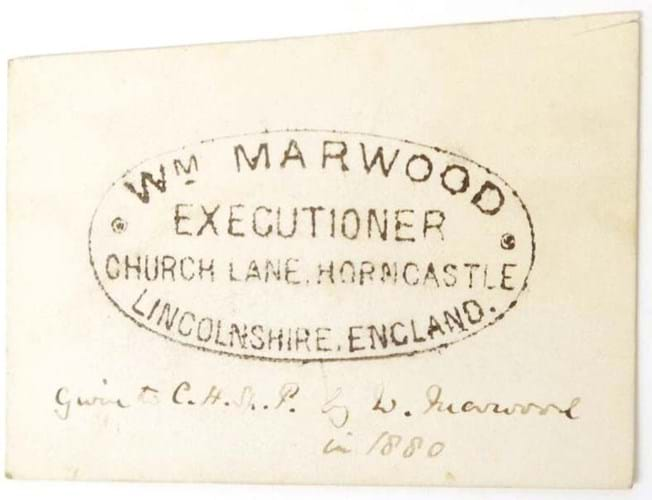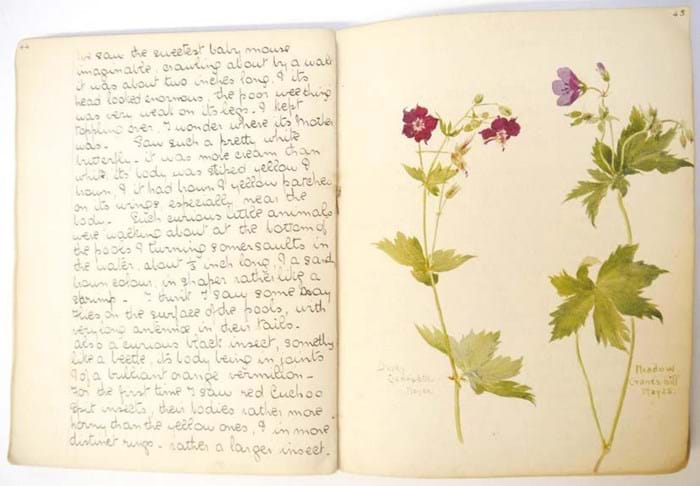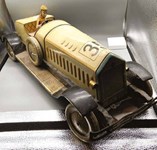Offered in the Diss salerooms of TW Gaze (18% buyer’s premium), his simple card is ink stamped ‘Wm Marwood, Executioner, Church Lane, Horncastle, Lincolnshire, England’ – though on this example appears the inscription, ‘Given to C.H.S.P by W. Marwood in 1880’.
Initially a cobbler by trade, Marwood’s principal claim to fame in his later career was the development of a more humane long drop technique of hanging, one that ensured that the prisoner’s neck was broken instantly.
It may sound brutal, but was undoubtedly kinder than the slow death by strangulation caused by the short drop method – a process that was deemed particularly distressing by prison governors and staff who, following the abolition of public executions in England in 1868, were required to witness such events at closer quarters.
In his nine years as a hangman, Marwood dispatched 178 people, among them Charles Peace, a notorious burglar who murdered two policemen, and Percy Lefroy Mapleton, a journalist who killed a fellow passenger on a train. Mapleton was the subject of the first police composite picture to appear on a wanted poster and newspapers.
Perhaps the most notorious of those whose end Marwood supervised was Kate Webster, an Irishwoman who murdered Julia Martha Thomas, a Richmond widow for whom she worked as a housemaid.
Webster disposed of her body by dismembering it, boiling the flesh off the bones and throwing most of the remains into the Thames. Some were recovered but her late employer’s head remained lost until 2010, when the skull was found during building works being carried out for none other than Sir David Attenborough.
Webster was sentenced to death after a jury of matrons rejected her last-minute attempt to avoid the death penalty by claiming that she was pregnant. She finally confessed to the murder on the evening before she was placed into Marwood’s care.
Nature diary
Bid to £1400 in Diss was an album of some 150 annotated pages relating to excursions in the Lake District and on the Isle of Man. Incorporating many well-executed watercolours of flora and fauna, a label declares it to be the ‘Ambleside Nature Diary’ of a student called Lilian Lees.
Sold at £1200 was a complete set of the 15 issues that made up the first series of Signature, a periodical devoted to typography and the printing arts published by the Curwen Press in the years 1935-40 and featuring the work many leading artists and illustators of the time. A second lot, comprising just eight issues of Signature, made £460.

Four of a group of five Victorian silk bookmarks that brought a bid of £180 as part of the TW Gaze sale. From left to right they depict the future King Edward VII on his marriage to Princess Alexandra in 1863; the Italian patriot Garibaldi and a view of the ‘Castle of Spezia; an Archbishop of York framed by views of York Minster and St Mary’s Abbey, and Richard Shaw MP, the ‘Choice of the Working Men’, following his 1868 election victory over General Scarlett.
Previewed in ATG No 2477, a lot offered – in addition to assorted prints featuring falconers and beggars – a group of around 50 sets in original envelopes of Robert Ladbrooke’s Views of the Churches in Norfolk… Comprising some 185 litho plates in all, the views were intended to be ‘illustrative’ of Blomefield’s well-known history of the county. The lot realised £750.
Sold at £1000 was a copy of ASG Butler’s The Architecture of Sir Edwin Lutyens, a three-volume work published by Country Life in 1950.
















